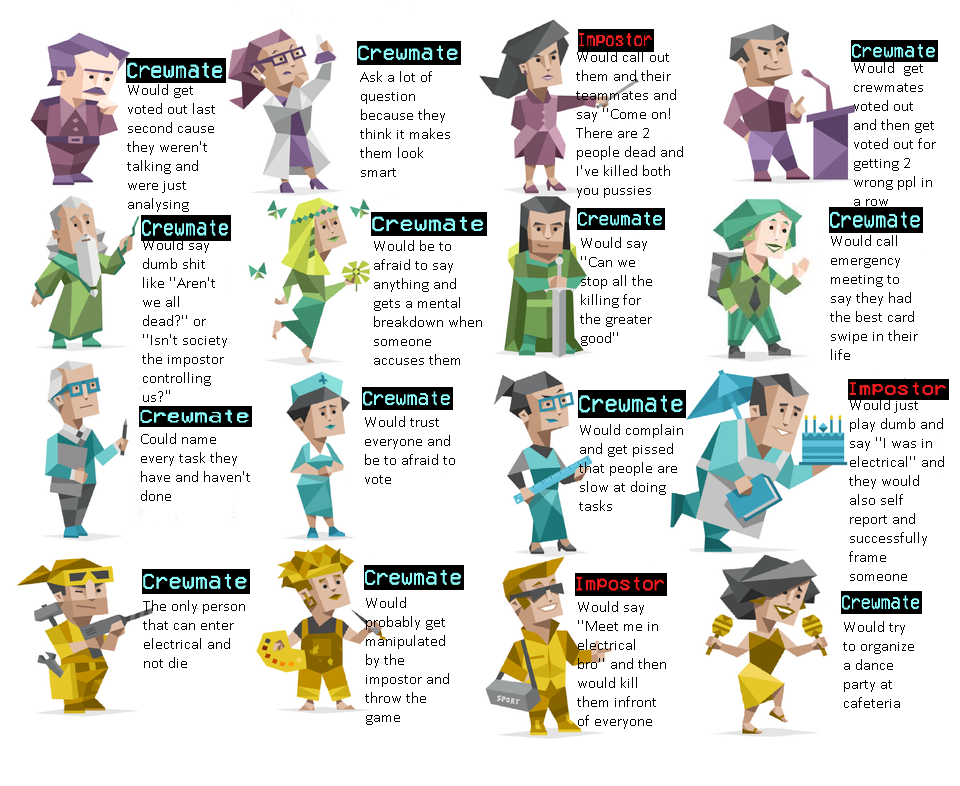Meerkat personality type
Meerkat Result
Know & Love
Personality Quiz for Kids
Take the Quiz
®
The Animals
About
Home
Contact
Store
Parent Blog
Work With Us
The Mood Meter™
Welcome to the complex and beautiful inner world of the Meerkat. Meerkat’s have a preference for introversion. They are moralistic, gentle, and sensitive with a knack for all things artistic and creative. They’re happiest in calm, cooperative, and supportive environments where they can pursue meaningful matters. On the outside, Meerkats seem very shy, quiet, and timid. Still, there is an underneath to their underneath - a whole world of intricate feelings is happening behind the scenes. They tend to be the most sensitive of all the personality types because they tend to feel much more profoundly and in-depth than others. As young children, these big feelings can sometimes be debilitating for a Meerkat as they do their best to sort out everything going on inside.
Because they are usually highly introverted, it can be a real challenge for others to understand the depth of what all is happening behind their calm exterior. However, when given ample quiet time to reflect along with a peaceful and harmonious environment, Meerkat’s can be the most thoughtful and amazing helpers around. Their big hearts, mixed with their creativity, make a powerful combo that can significantly help others and make the world a better (and more beautiful) place.
MEERKAT
We think you are a...
INFP // ISFP
Moralistic , gentle AND sensitive
• Happiest in a calm, cooperative and supportive environment where they can pursue important matters.
• They have a natural anxious internal alarming system.
• Extremely sensitive to their environment.
Kiddos with this type tend to be:
(in case you didn't read the big paragraph above)
13% of kiddos are MEERKATS
GET THE IN-DEPTH GUIDE TO YOUR KIDDO'S PERSONALITY
Do you ever wish that you could talk to the adult version of your child so they could just TELL YOU what they need? We haven’t figured out time travel yet, but we’ve got the next best thing! We asked adults with the Meerkat personality this question and included their responses: “What is one thing you wish your parents would have understood about you?”
SCHOOL & LEARNING
Understanding your Meerkat's learning style can aid in their ability to learn and also enhances their future abilities. In this section, we give you tools for their energy, preferred learning environment, instruction style, assignments and activities they will thrive with, and education challenges you may face.
In this section, we give you tools for their energy, preferred learning environment, instruction style, assignments and activities they will thrive with, and education challenges you may face.
WAYS TO CONNECT & ENCOURAGE
When we know our kiddos, we learn who they are and how to love them. It's out of this knowing that a positive parent-child relationship is nurtured and developed. In this section, we give you tools to connect to your kiddo's heart in a meaningful way.
CHALLENGES IN PARENTING & TEACHING
ADVICE FROM ADULT MEERKAT
Kiddos are all unique, and you will experience different challenges with each one. In this section, we describe some parenting and teaching challenges that you may face with your Meerkat. We give you tools to teach your Meerkat how to learn effective ways to get their needs met and develop coping strategies when life feels overwhelming.
This instant download eBook is packed full of wisdom to help you better understand your child's unique personality.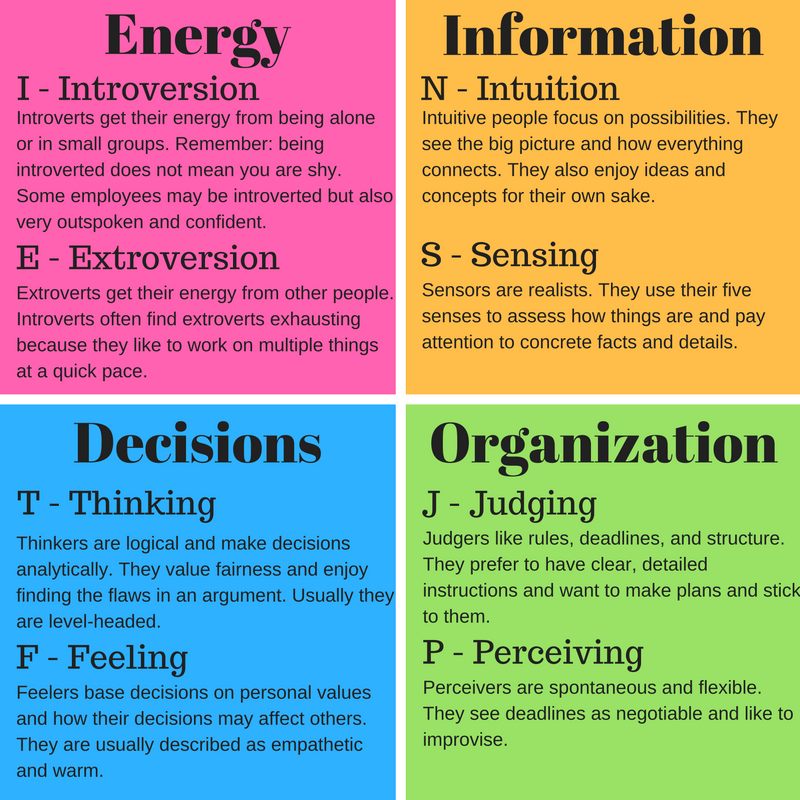 It is nine pages and includes all of the result information you see on this webpage, along with a ton of everyday tools for the following:
It is nine pages and includes all of the result information you see on this webpage, along with a ton of everyday tools for the following:
INTROVERTED
FLEXIBLE
EMPATHETIC
These kiddos gain energy by being in their heads, with their own thoughts, ideas, dreams, and visions. They prefer quiet. They talk less and more slowly unless they are talking about their favorite subject, in which case they can appear to be more extroverted.
These kiddos make decisions based on emotions and empathy and avoid conflict or confrontation because it does not encourage internal harmony. They desire to feel valued and need affirmation first before they can receive any kind of constructive criticism. They tend to see the good in people and are more concerned with maintaining harmonious relationships.
They prefer spontaneity and a loosely held schedule because the unplanned and unexpected brings an abundance of joy and excitement. They enjoy having the ability to work, play, and have fun all at the same time. They are pressure-prompted and will get their best ideas at the last minute.
They enjoy having the ability to work, play, and have fun all at the same time. They are pressure-prompted and will get their best ideas at the last minute.
A LOOK Inside the MEERKAT's Brain
INTROVERTED
FLEXIBLE
EMPATHETIC
It’s good to know what ingredients make up your kiddo’s personality; however, it’s also helpful to understand how this plays out at home.
As Meerkats receive information into their brain, their focus is on exploring and processing their own personal values, feelings, and emotions against what they experience. They make decisions based on what will bring internal harmony, ensuring that everything they do aligns with their own personal value system. They process and make decisions based on emotional reactions or “how it feels” rather than objective facts and data. This process is in-depth and complex and typically not evident to anyone else as it’s an internal process.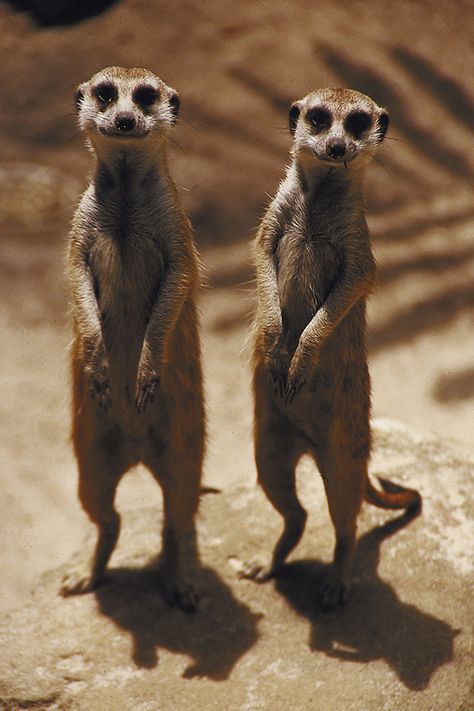 Many times, Meerkats are not even aware of their intensely held values until someone violates them, in which they typically react with big behaviors. To understand this unique brain wiring, here’s an example.
Many times, Meerkats are not even aware of their intensely held values until someone violates them, in which they typically react with big behaviors. To understand this unique brain wiring, here’s an example.
Meerkat’s are born with an internal moral compass and create internal guidelines for how to live. They have naturally held personal values and beliefs about what is morally right and wrong. Imagine a sort of filter inside the Meerkat’s brain: as information comes in, it gets filtered. If it feels right, it gets through the filter. If it feels wrong, it is rejected.
Let’s call this process their “moral machine.” This machine determines the significance of what they’re experiencing. This helps create and refine the rules and guidelines for how they live their life. So, for example, if a Meerkat kiddo gets made fun of, their moral machine will reject that experience because it hurts and doesn’t feel right. With this experience, they create a rule or guideline in their brain: do not make fun of others because this doesn’t feel good.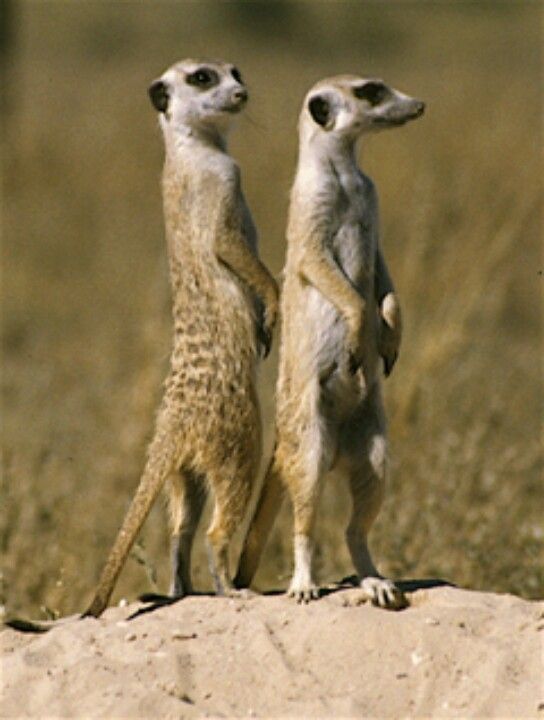
These “guidelines” become the lens in which they use to cultivate their reality. When something they experience comes into their moral machine, it will either align closely with their guidelines or completely contradict and violate them. Then, and only then, will they have an emotional reaction. However, there are plenty of other times when they feel indifferent towards an experience or situation, and their feelings or behaviors may appear more ambivalent or dismissive.
As they grow, they create more and more guidelines about how to live life. They also tend to embody their values and become a living example for their values rather than promoting them onto other people directly. Their moral machine, guidelines, and unique lens on life give them an extraordinary ability to tune into other people’s feelings and emotions. They tend to have the highest level of empathy in all personality types. Why? Because everything is filtered through the moral machine of “does this feel right?” If it doesn’t feel right, they tend to get offended.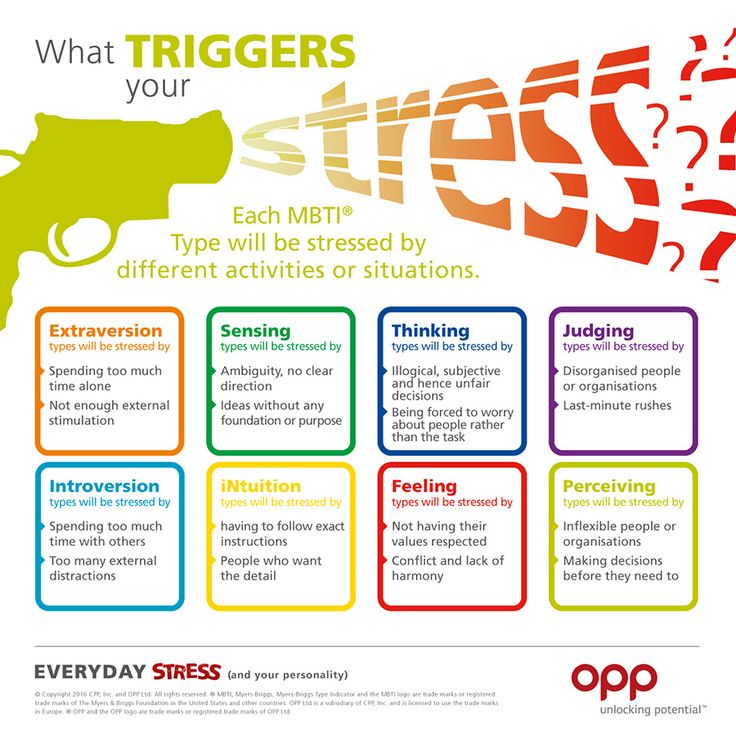
Because of this, they know what it’s like to be hurt or in pain. They are highly introverted and feel deeply, and they will benefit significantly with patient adults who have the skills to help uncover, without shame and judgment, what and why the Meerkat is feeling. They are gentle kiddos who dislike violence and cruelty against people or animals, whether in games or in real life. They are thoughtful souls who treat others with empathy and sensitivity.
A LOOK at the Meerkat's...
Strengths
Stretches
- Trustworthy - Meerkats tend to be honest and trustworthy individuals because of their strong moral code.
- Gentle - Innately gentle and kind, Meerkats have a deep capacity for empathy. This makes them one of those kids who care so much about what others are feeling.
- Creative - Meerkats are often very creative kids because their imagination lends itself well to new ideas that help them explore their inner world.
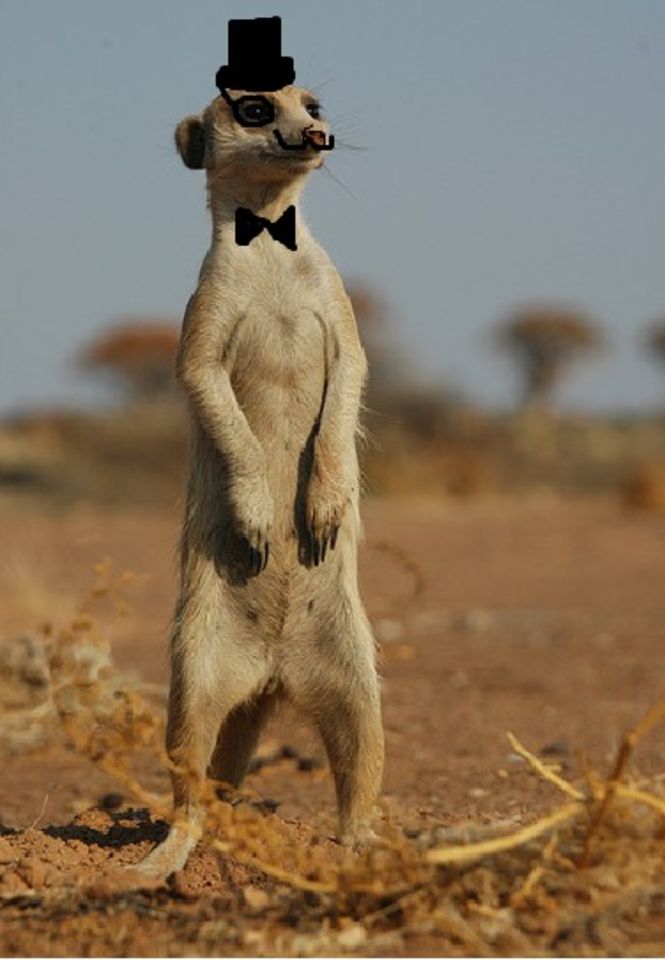 They tend to think on a deeper level than most people.
They tend to think on a deeper level than most people.
- Develop a voice of their own - Meerkats tend to be please-pleasures. It would benefit them to learn how to ask or say what they need without feeling guilty.
- Learn self-compassion - Because their standards are so high, it would help Meerkats to learn to view mistakes as an opportunity to learn. They tend to find it difficult to forgive themselves when they fail to meet their own expectations.
Meerkats are naturally anxious due to their internal predator alarming system. They take turns standing in a raised lookout position above the burrows so they can see everything and protect their clan while other members are foraging or playing.
Meerkats work hard all day long and sometimes fall asleep on the job.
Meerkats are one the most cooperative mammals on Earth. The whole family takes turns raising the babies and keeping watch.
(Real) MEERKAT Facts!
blog posts for parents of MEERKAT KIDDOS:
8 Gift Ideas for Your Quiet, Creative Kiddo
It can be hard to find gifts for a child that is creative, especially if you aren’t one yourself. That’s why we’ve compiled a list of 8 gift ideas guaranteed to please that quiet but creative kiddo in your life.
5 Ways to Help a Sensitive Kiddo When They've Made a Mistake
The above comic is a true story! If you parent a Beaver, Meerkat, or Panda it’s no surprise that they can be hard on themselves. They may say things like, “I’m so stupid!” or “I’m such a bad kid!” Introverted sensitive kiddos don’t need much to make themselves feel like the worst kid ever when they mess up.
3 Ways Families Can Attune to Each Other During
What’s the rate of speed that time is flying in your house? Our little tribe of humans is developing at an alarming pace and it seems like we’re always busy and always distracted.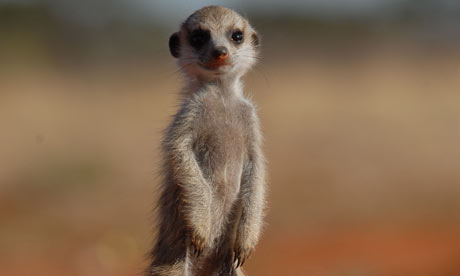 So distracted that it’s easy to forget to tune into each other’s inner world.
So distracted that it’s easy to forget to tune into each other’s inner world.
GET THE IN-DEPTH GUIDE TO YOUR KIDDO'S PERSONALITY
Do you ever wish that you could talk to the adult version of your child so they could just TELL YOU what they need? We haven’t figured out time travel yet, but we’ve got the next best thing! We asked adults with the Meerkat personality this question and included their responses: “What is one thing you wish your parents would have understood about you?”
SCHOOL & LEARNING
Understanding your Meerkat's learning style can aid in their ability to learn and also enhances their future abilities. In this section, we give you tools for their energy, preferred learning environment, instruction style, assignments and activities they will thrive with, and education challenges you may face.
WAYS TO CONNECT & ENCOURAGE
When we know our kiddos, we learn who they are and how to love them.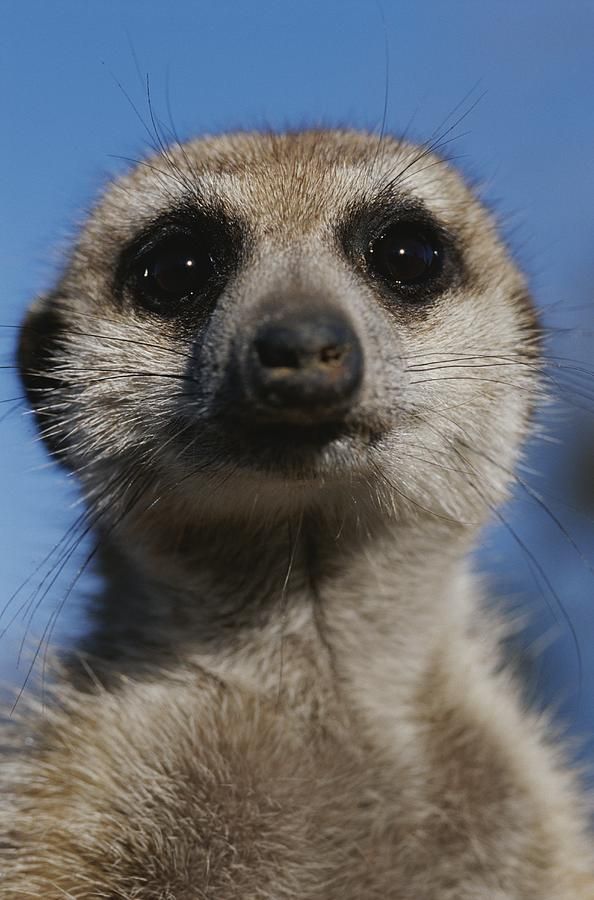 It's out of this knowing that a positive parent-child relationship is nurtured and developed. In this section, we give you tools to connect to your kiddo's heart in a meaningful way.
It's out of this knowing that a positive parent-child relationship is nurtured and developed. In this section, we give you tools to connect to your kiddo's heart in a meaningful way.
CHALLENGES IN PARENTING & TEACHING
ADVICE FROM ADULT MEERKAT
Kiddos are all unique, and you will experience different challenges with each one. In this section, we describe some parenting and teaching challenges that you may face with your Meerkat. We give you tools to teach your Meerkat how to learn effective ways to get their needs met and develop coping strategies when life feels overwhelming.
This instant download eBook is packed full of wisdom to help you better understand your child's unique personality. It is nine pages and includes all of the result information you see on this webpage, along with a ton of everyday tools for the following:
WHat others have said...
Share your results too!
Take the quiz again?
learn about the other types
Copyright © 2018 Know and Love.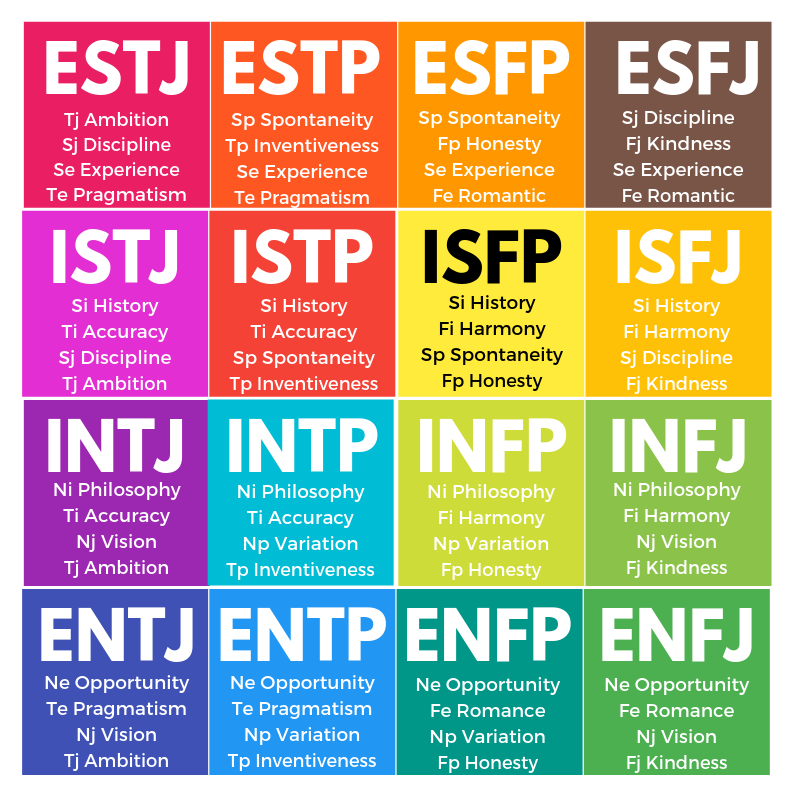 All Rights Reserved.
All Rights Reserved.
®
Know & Love
®
Spirit Animals of the 16 Personality Types
by Louella Alderson
Today we explore which spirit animal best fits each of the 16 personality types. Are you a mystical snow leopard or a loyal dog? A friendly panda or a wise owl?
Take a look below to see which spirit animal you are based on your personality type. If you don’t know your personality type, you can take our free 5-minute personality test.
INFP: Narwhal
Narwhals, the unicorns of the sea, are mystical and unique creatures just like INFPs. They are also compassionate and kind.
ENFP: Dolphin
Dolphins are warm, curious and intelligent, which are all characteristics of ENFPs. They have a knack for thinking outside the box.
INFJ: Snow Leopard
What better animal for an INFJ than a snow leopard? They are rare, solitary and mystical, which are all qualities of INFJs.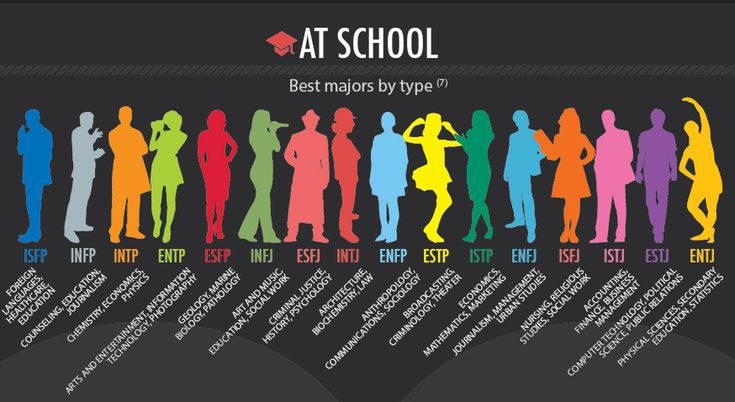
ENFJ: Panda
Pandas are friendly and supportive just like ENFJs. They are great at adapting to different environments.
INTP: Owl
An owl is the perfect spirit animal for an INTP. They are analytical, wise and philisophical.
ENTP: Fox
Foxes are cunning and inventive which are traits of ENTPs. They are resourceful and constantly come up with new ideas.
INTJ: Eagle
An eagle is the ultimate spirit animal for an INTJ. They are visionary, determined and deliberate.
ENTJ: Lion
Lions are decisive and strategic just like ENTJs. They naturally take to being the leaders of the pack.
ISFJ: Deer
Deer are caring and reflective, which are characteristic of ISFJs. They are also reserved and dependable.
ESFJ: Dog
A dog is the ideal spirit animals for ESFJs. They are loyal, friendly and supportive. You can count on them in times of need.
ISTJ: Bee
Bees capture many of the amazing qualities of ISTJs. They are focused, practical and dedicated.
They are focused, practical and dedicated.
ESTJ: Meerkat
Meerkats have many similar characteristics to ESTJs. They are bold and feel more comfortable when following a routine.
ISFP: Koala
Koalas are creative and thoughtful, which are traits of ISFPs. They like to do things at their own pace.
ESFP: Seal
There couldn’t be a better spirit animal for an ESFP than a seal. They are playful, fun and expressive.
ISTP: Cat
A cat is the ideal spirit animal for an ISTP. They are logical and need a lot of alone time to feel energized.
ESTP: Cheetah
Cheetahs are direct, dynamic and energetic just like ESTPs. They will certainly keep you on your toes.
Connect with like-minded people on your wavelengthSo Syncd is the dating app that matches compatible personality types. Sign up to So Syncd today to meet your decisive and dynamic ENTJ or mystical and unique INFP.
You can download So Syncd for free in your iOS or Android app store.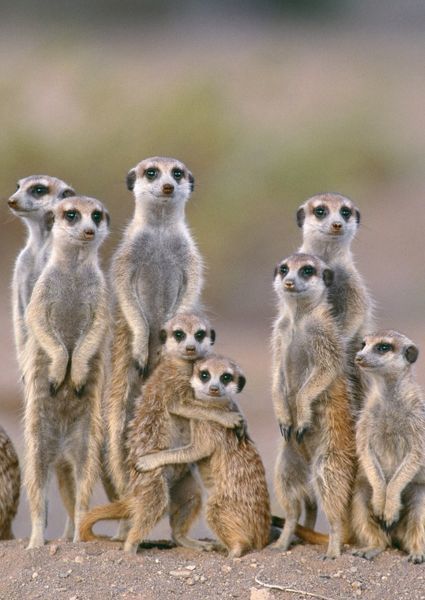
“Matching people using personality types is such a simple and powerful concept. So Syncd helped us find love, even in this difficult time. You’ve really changed our lives. In fact, we’re now married! Thank you.”
– Ben (INFJ) about Indy (ENFJ)
Don't part with your loved ones... — LiveJournal
We replenish! See the news there ...Well, now we will learn more about these funny little animals.
Meerkats (Suricata suricata) are closely related to mongooses. These cute animals live in the Kalahari and Namib deserts, as well as in other regions of South Africa. The body length of the meerkat is 25-35 cm, the tail is 18-25 cm. The head and belly of the animal are very light, and the ears and tip of the tail are black. The rest of the body is gray or reddish in color. Slender thin limbs, an elongated head and dark spots around the eyes give the meerkat a comically touching look. He has not very thick, but rather long hair.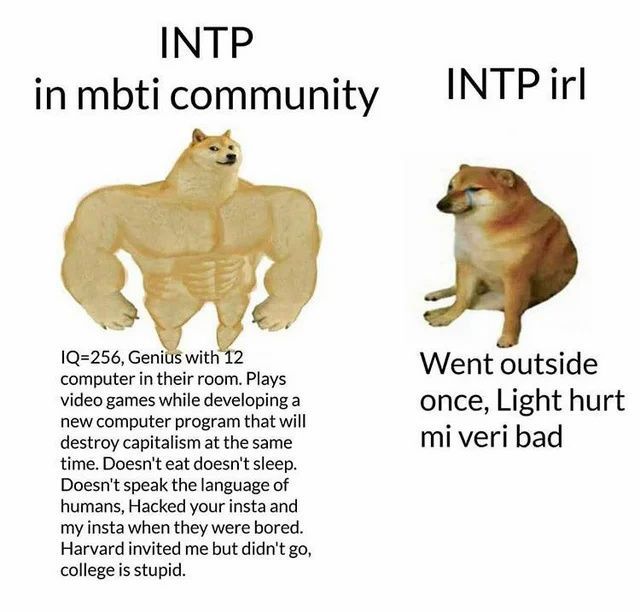 Because of her, the meerkat seems to be more overweight than it actually is - the weight of this permanently disheveled creature barely reaches 2 kg.
Because of her, the meerkat seems to be more overweight than it actually is - the weight of this permanently disheveled creature barely reaches 2 kg.
Clickable 1920px
Meerkats live in colonies with no more than 30 individuals. Meerkat colonies live in deep, branched burrows. Sometimes they dig them on their own, and sometimes they simply take the shelter of another animal (for example, an earthen squirrel). Having developed communicative instincts, these animals talk to each other through vocal signals. According to scientists, there are at least 10 combinations in their sound range.
Clickable 1920 px
These funny animals have a habit of being on duty at the entrances to the hole. No wonder the locals call them "sentinels of the desert." Having folded its front paws on its stomach, and leaning slightly on its tail, the “duty” meerkat vigilantly looks out for danger. In the event of an emergency, he instantly dives into the hole, notifying his relatives with a sharp whistle.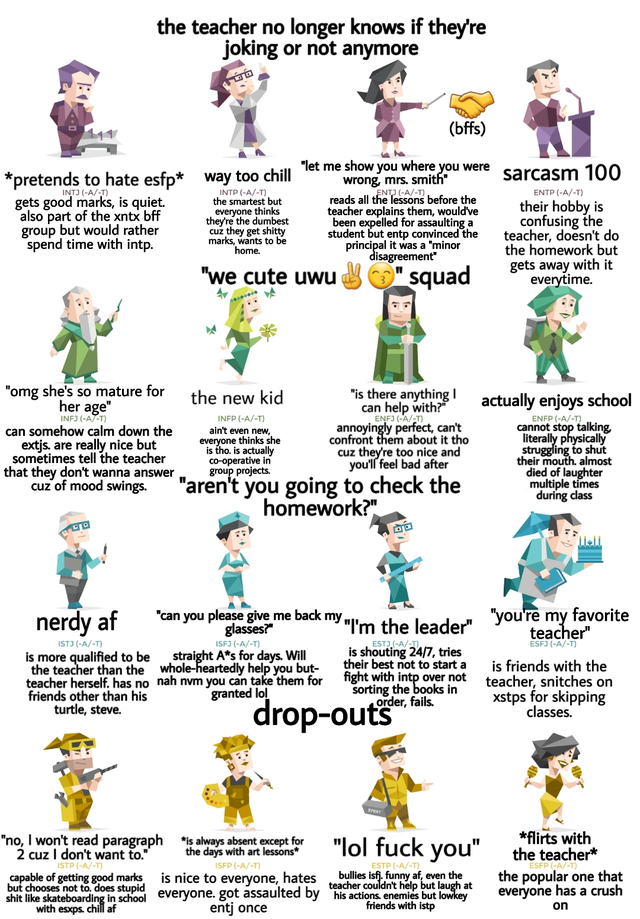 meerkats have excellent eyesight and sense of smell, they are good at running, jumping and climbing trees and rocks.
meerkats have excellent eyesight and sense of smell, they are good at running, jumping and climbing trees and rocks.
Today, these touching babies are successfully kept in city apartments and country houses: they are perfectly tamed and can please the whole family for many years. There are two options for meerkats to live with us:
1. An aviary, when a special aviary is built for a pet or a separate area is allocated, where conditions close to natural are created for them,
2. The animal lives with a person like a dog or a cat, that is moves freely throughout the house. It will be nice to know that, like cats, meerkats are litter box trained, so caring for them will be easy and enjoyable.
Meerkats do not show any aggression towards humans. Gradually, having won the trust of the pet, you will grow up an affectionate fluffy friend who will amuse you more than once with charming antics and jumps, will be able to take food from your hands, respond to the name, cuddle and accompany your beloved owner everywhere.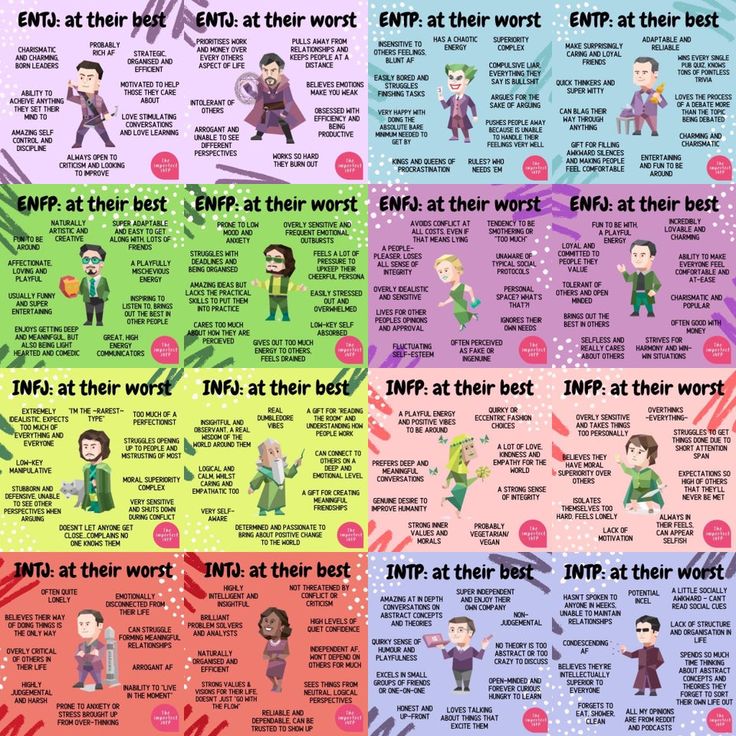 Meerkats are social animals, so the person they are used to is perceived as part of their pack.
Meerkats are social animals, so the person they are used to is perceived as part of their pack.
And now a few words about what these amazing fluffy babies represent.
Surita (the older name of the dimensions) - Suricata Suricata
Type Chord
9000 Grade MammalsPredatory
Family Wiever (Viverridae)
Mangust subsection
, however, this a species that differs both externally and physiologically. Interspecific hybridization between meerkats and mongooses is not possible.
Meerkat lives in deserts, semi-deserts and dry steppes throughout southern Africa - from Lake Chad to the foothills of the Cape of Good Hope, in Angola, Namibia, South Africa, Botswana, Zambia and Zimbabwe. Meerkats are well tamed, and since ancient times, natives often keep them as pets, destroying snakes, poisonous insects and rodents. South African peoples believe that meerkats are able to protect their homes from werewolves, "moon devils".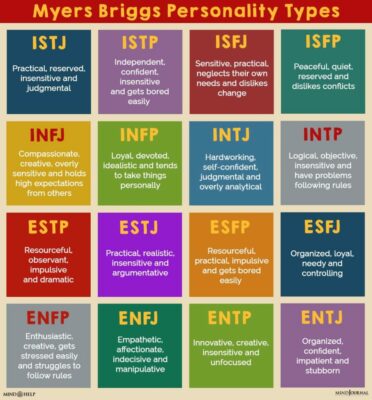 For this, as well as for their habit of standing up in the sun to bask in a column, from which their hair literally glows, meerkats are called "solar angels". Their appearance and habits are really “angelic”: charming and meek, funny and good-natured, meerkats will not leave anyone indifferent and are able to cause a warm smile even in a skeptical cynic who cannot be surprised by anything.
For this, as well as for their habit of standing up in the sun to bask in a column, from which their hair literally glows, meerkats are called "solar angels". Their appearance and habits are really “angelic”: charming and meek, funny and good-natured, meerkats will not leave anyone indifferent and are able to cause a warm smile even in a skeptical cynic who cannot be surprised by anything.
Clickable 1900 px
It is noteworthy that complete matriarchy reigns among meerkats! The dominant, the leader of the pack will always be the female - the founder of the genus, or the strongest individual, who has taken the place of her predecessor, who has grown old, died or left the clan.
Why is a flock of meerkats called a "clan"? Usually this small community is formed at the moment when the female in estrus forms a pair with the male and their offspring are born. Having matured, not all cubs leave the family - some of them remain. However, some voluntarily leave the family in the hope of founding their own clan, or are expelled from the pack for some kind of “offence”. If the meerkat fails to create his own family, he may die, so the animal will be forced to return to its own flock or join another clan (of course, if it is accepted). The dominant female usually gives birth to cubs, but other members of the clan may also have offspring, but whether the rest will accept them is not necessary once in a while. An alpha female can easily kill newborns or get rid of them, driving the kids away as soon as they grow up, but there are rare exceptions.
If the meerkat fails to create his own family, he may die, so the animal will be forced to return to its own flock or join another clan (of course, if it is accepted). The dominant female usually gives birth to cubs, but other members of the clan may also have offspring, but whether the rest will accept them is not necessary once in a while. An alpha female can easily kill newborns or get rid of them, driving the kids away as soon as they grow up, but there are rare exceptions.
At the same time, if a subordinate rather than a dominant female is pregnant, she may try to attack her leader's cubs. The most striking thing is that conflicts between females can only arise at the moment of “beating babies”. And no matter how this case ends, the conflict does not affect the further relations between the females and the cohesion of the pack. A mother who has made an attempt on the lives of babies in a few days (after she herself is relieved from the burden) can nurture both her own and other people's children.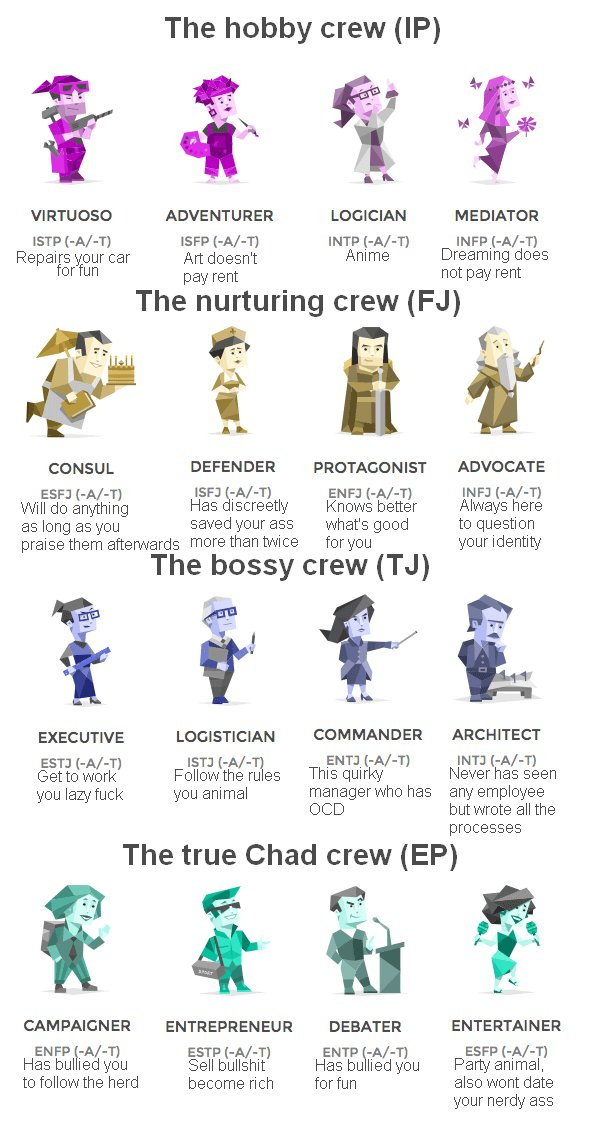 And the “universal mother” (leader) fearlessly trusts her offspring to the one whose own children she has just killed. Today, meerkats are the only animals found to have such a paradoxical relationship.
And the “universal mother” (leader) fearlessly trusts her offspring to the one whose own children she has just killed. Today, meerkats are the only animals found to have such a paradoxical relationship.
Watching the life of a meerkat clan is an extremely exciting experience. There are many films and series that tell about the life of a small fluffy family. They are very popular and are constantly broadcast on the Discovery, National Geographic, Nat Geo Wild, Zoo, etc. channels. with any of these films.
The morning of the meerkats begins with a general “formation” (just like in the army!), when the animals come out of their holes and first gather together, standing on their hind legs, to greet the rising Sun. Then they exchange touching caresses - sniffing each other, fawning, funny somersaults and wrestling, licking each other's fur. After that, the family (with the exception of the young, which is not yet strong, does not leave the hole and feeds on mother's milk) starts a meal, or, if there is no prey nearby, goes to their hunting "land".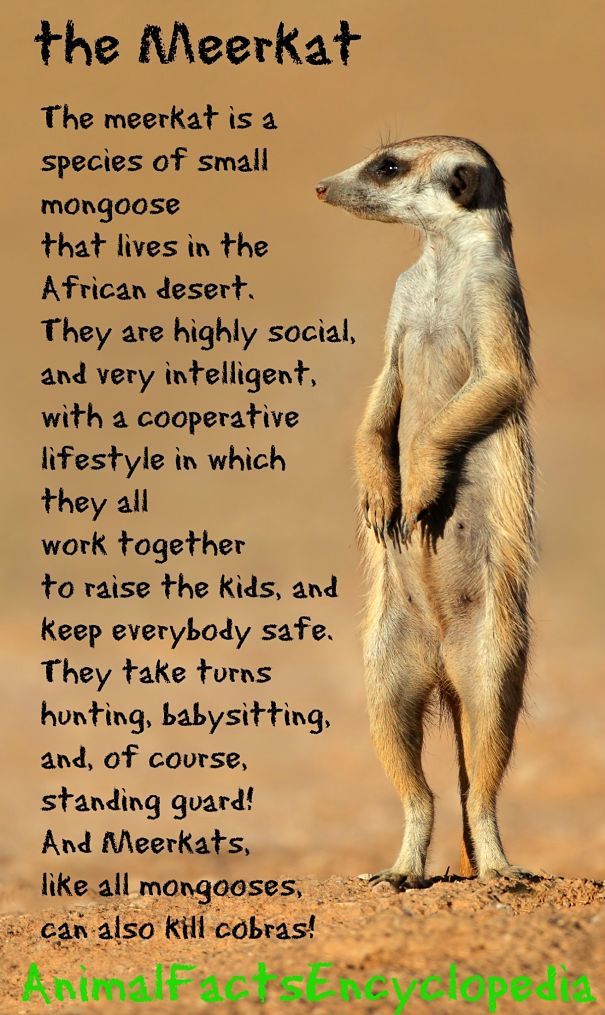 After eating, the animals can stand for long hours in a column or freely wallow in the sand, taking sunbaths. There is always a sentry near the hole, who climbs some hillock, choosing the highest point for his “post”, and watches the horizon. If the sentinel notices a predator, he summons the whole flock with a loud sharp cry so that the clan has time to hide in a hole and wait out the impending danger.
After eating, the animals can stand for long hours in a column or freely wallow in the sand, taking sunbaths. There is always a sentry near the hole, who climbs some hillock, choosing the highest point for his “post”, and watches the horizon. If the sentinel notices a predator, he summons the whole flock with a loud sharp cry so that the clan has time to hide in a hole and wait out the impending danger.
Recent studies by scientists have shown that meerkats have a system of vocal signals and gestures similar to our speech. For example, several alarms that differ in sound timbre: they say which predator is approaching and from where (snake, large animal or bird), is it far away or has crept very close, etc.
The meerkat system of “pedagogy” is also interesting. As soon as the cubs become more or less independent and need not only milk, but also other food, “nannies” (both females and males can be) take them on their first hunt. The youngest are given already killed prey, the older cubs - caught, but still alive, so that they can play with their prey and try to catch it, and teenagers are taught to hunt on their own.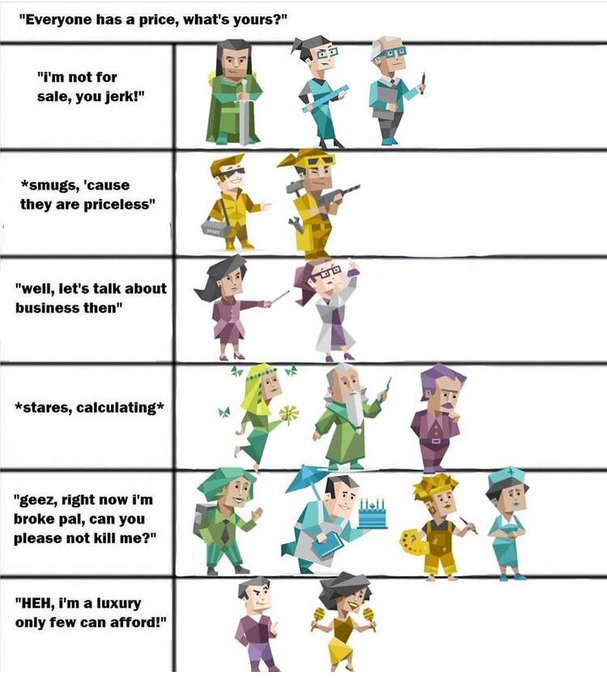
Just like their relative, the Rikki-Tiki-Tavi mongoose described by Kipling, meerkats are able to deal with a poisonous snake, while deftly avoiding its bite. But in most cases, instead of a dangerous battle, they prefer methodical excavations in search of scorpions, small lizards, giant centipedes and other living creatures - everything that can be caught is eaten. Meerkats love to eat eggs and chicks, and also eat tender parts of plants and their bulbs. The diet of meerkats includes everything that cannot fight back, run away or fly away from them. This way of eating is inherent in many animals, but almost all of them prefer to get their own food alone - such food is easy to get, but it takes quite a lot, and it is simply impossible to “divide” tiny prey into several members of the flock. But meerkats and here stand out among other omnivorous predators: they live and hunt with the whole family, combing every meter of land in their possessions. At the same time, one or two meerkats also stand guard while the rest of the family get their own food without fear of enemies, which allows them to search for prey much more efficiently.
But this practice also has a significant drawback: a large family of meerkats very soon destroys all food resources in the area. In addition, in the hole, due to the abundance of inhabitants, parasites multiply rapidly, complicating life and seriously harming the health of animals. Because of this, the family has to periodically migrate a couple of kilometers to a new place. Usually, the meerkat clan has two or three holes, so they quickly settle in a new place.
When it comes time to build another dwelling or restore an abandoned one, meerkats dig the ground with the whole clan, because a convenient entrance to a shelter (or several entrances) is, first of all, an opportunity to quickly hide from the enemy. During such "construction" meerkats dig the ground so zealously that earth or sand flies from under their paws in a continuous stream, as on a conveyor belt. If animals choose rocky areas for living, where it is impossible to dig a hole, then they find a cave or a cleft in the stones and settle down in it.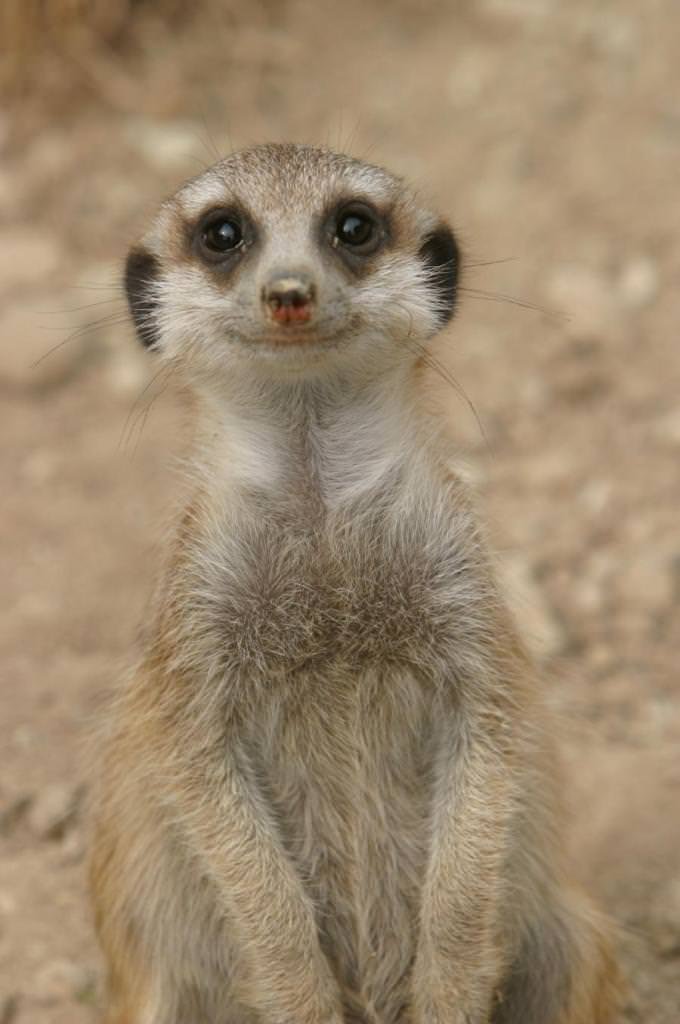 Most likely, it is in this nomadic way of life that the key to such strong family ties among meerkats as part of one clan lies.
Most likely, it is in this nomadic way of life that the key to such strong family ties among meerkats as part of one clan lies.
Also a meerkat? What a hefty ...
When the boundaries of the pack's possessions are constantly changing, wars with neighboring families often break out on them, and success in these clashes largely depends on the cohesion of the family. Seeing enemies, the whole family of meerkats stands shoulder to shoulder, belligerently raising their tails with a pipe and bouncing on the spot - with this, the animals try to scare away strangers. If such tactics do not work, then they boldly rush into battle, and at the same time each member of the clan feels the support of each other. But this disciplined performance is effective only against its neighbors, and from natural enemies (jackals and birds of prey) there is only one salvation - flight.
One of the best places to see meerkats is the Tswalu Kalahari Game Reserve. Up to 70 species of mammals live here, including meerkats. If you have the desire, you can even book a special tour "Meerkat Mania" ("Meerkat Mania") in the Kalahari Desert; you can also go to the meerkat domain in the Kgalagadi Transfrontier National Park. It is noteworthy that these animals are so accustomed to tourists that they easily allow themselves to be stroked, approach people without any fear and willingly accept tasty “gifts” from them. Therefore, when going on such a trip, do not forget to take a camera or camcorder with you to capture this unforgettable event.
If you have the desire, you can even book a special tour "Meerkat Mania" ("Meerkat Mania") in the Kalahari Desert; you can also go to the meerkat domain in the Kgalagadi Transfrontier National Park. It is noteworthy that these animals are so accustomed to tourists that they easily allow themselves to be stroked, approach people without any fear and willingly accept tasty “gifts” from them. Therefore, when going on such a trip, do not forget to take a camera or camcorder with you to capture this unforgettable event.
Where is this photographer !!!
At home, when there is no danger, meerkats feel at ease and concentrate all their attention on the curious search for something tasty or interesting, putting their own "order" in the house, funny tricks and contacts with people.
Here are some more funny animals: Tarsiers and Lemurchiks
Meerkat - POCHEMUKHA.
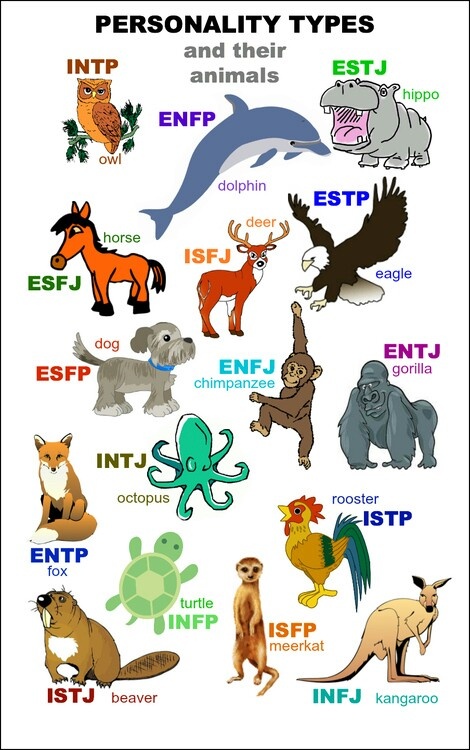 RU answers to questions.
RU answers to questions. In the desert regions of the South African continent, one can meet an amazing animal. Like a tin soldier, he stands on his hind legs near his mink, and carefully peers into the distance. You can notice the animal by its beautiful fur, which in bright sunlight begins to glow with a golden color. One gets the impression that this is not a living creature at all, but a real angel. Although, in fact, the life of this animal is not honey at all.
Despite its pretty appearance, the meerkat cannot be considered a harmless animal. He lives according to rather strict laws and is distinguished by incredible cruelty, which is due to the peculiarities of existence in the conditions of the African desert. To survive here, you need to have dexterity, patience, cruelty, caution.
Paradoxical as it may seem, a meerkat possesses all these qualities from the moment of birth. First of all, he is incredibly careful. The animals standing on their hind legs, peering into the distance, are sentries. At the slightest danger, they give an alarm signal, and the whole flock immediately hides. Secondly, the animal is an omnivore, which is an indisputable plus when living in the harsh conditions of the desert. Thirdly, these predators easily cope with poisonous reptiles, which they feed on. However, not only snakes go to their diet. They eat everything they can catch in the desert: lizards, birds and their eggs, insects, including scorpions and poisonous spiders. The most interesting thing is that their incredibly toxic poison has absolutely no effect on them.
At the slightest danger, they give an alarm signal, and the whole flock immediately hides. Secondly, the animal is an omnivore, which is an indisputable plus when living in the harsh conditions of the desert. Thirdly, these predators easily cope with poisonous reptiles, which they feed on. However, not only snakes go to their diet. They eat everything they can catch in the desert: lizards, birds and their eggs, insects, including scorpions and poisonous spiders. The most interesting thing is that their incredibly toxic poison has absolutely no effect on them.
They are not tied to a specific territory. With a shortage of food, they immediately move to a new place. One colony of meerkats, consisting of fifty individuals, covers an area of about one square kilometer. They live in burrows that they dig themselves. In fact, this is a whole underground structure, with many labyrinths and intricate passages. If there are caves, they prefer to settle in them.
The whole flock of meerkats hunt at the same time.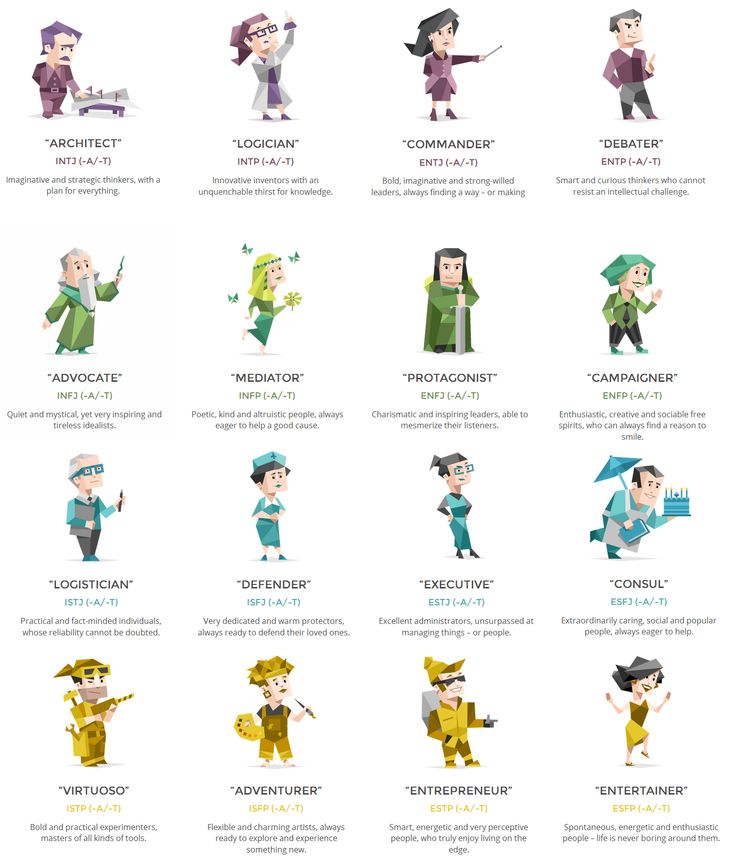 At the burrows, only guards remain, who climb the hill and, in case of danger, signal this to the members of their flock. Their natural enemies are birds of prey and jackals.
At the burrows, only guards remain, who climb the hill and, in case of danger, signal this to the members of their flock. Their natural enemies are birds of prey and jackals.
Meerkats communicate with each other using a set of sounds of different tonalities. With their help, the "guard" can inform the members of his flock about the type of predator, the distance to it, and the speed of its movement.
There is a strict hierarchy in a flock of meerkats. The main ones here are “female - queen” and “alpha - male”. They also have the right to mate and reproduce. Other members of the pack are not allowed to do so. If some female, nevertheless, manages to mate with a male, then the “alpha female” will immediately destroy her brood, and bite the culprit to death. In a pinch, she can force her to feed her brood. In any case, the whole flock is responsible for the royal offspring. They get food for babies, protect them from predators, clean their hair from parasites, etc.
Meerkats are practically not involved in training their offspring.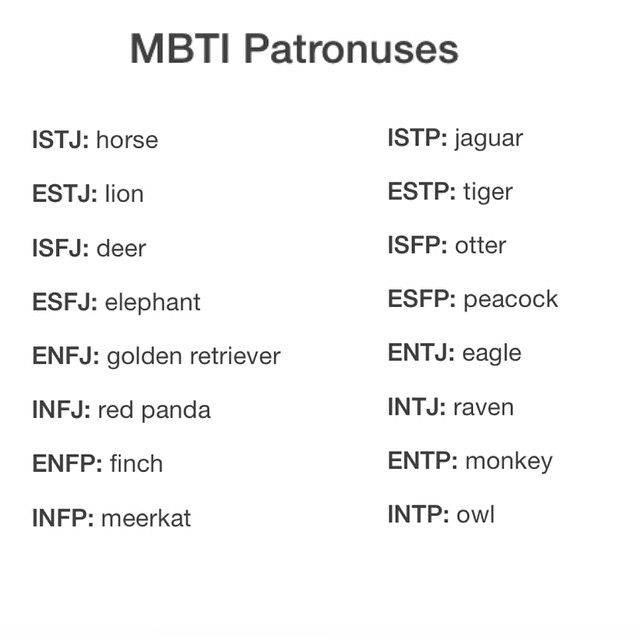 Young animals comprehend this complex science on their own, observing adults and taking an example from them. Most skills are inherent in them at the genetic level.
Young animals comprehend this complex science on their own, observing adults and taking an example from them. Most skills are inherent in them at the genetic level.
But these animals are seriously engaged in the upbringing of the younger generation. After the end of the lactation period, they teach babies to eat insects. After a while, they are offered living food, which will be less traumatized each time. At the same time, adult animals carefully observe how the kids deal with their prey. At the final stage of training, they are offered to take part in the hunt, and get their own food on their own.
Real battles often arise between flocks of meerkats on territorial grounds. At first, the animals line up, spread their tails, trying to frighten their rivals with their appearance. Sometimes all this is accompanied by loud battle cries. If that doesn't work, the battle starts. Animals boldly pounce on each other. The fight lasts until the enemy is completely destroyed, including the cubs.